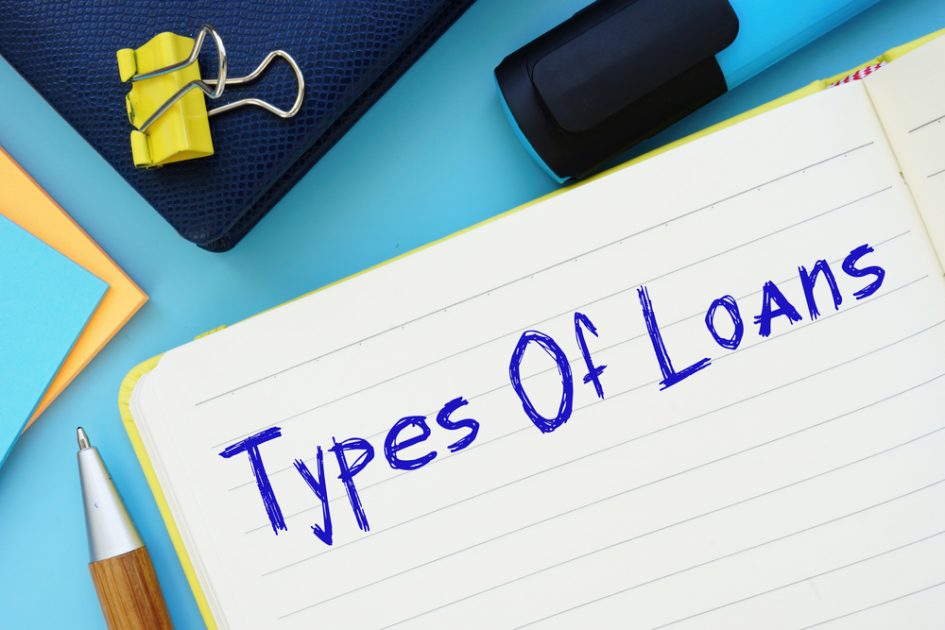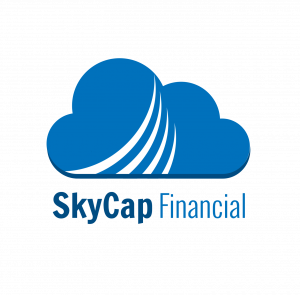For anyone looking for a loan, it’s easy to become overwhelmed by the options and vendors in the market. However, it’s essential to understand the different types of credit available to you before deciding how to move forward.
This article will explore each type of credit in detail and provide guidance on picking the best type for your needs.
Let’s get started.
Why The Type Of Credit You Take Out Matters
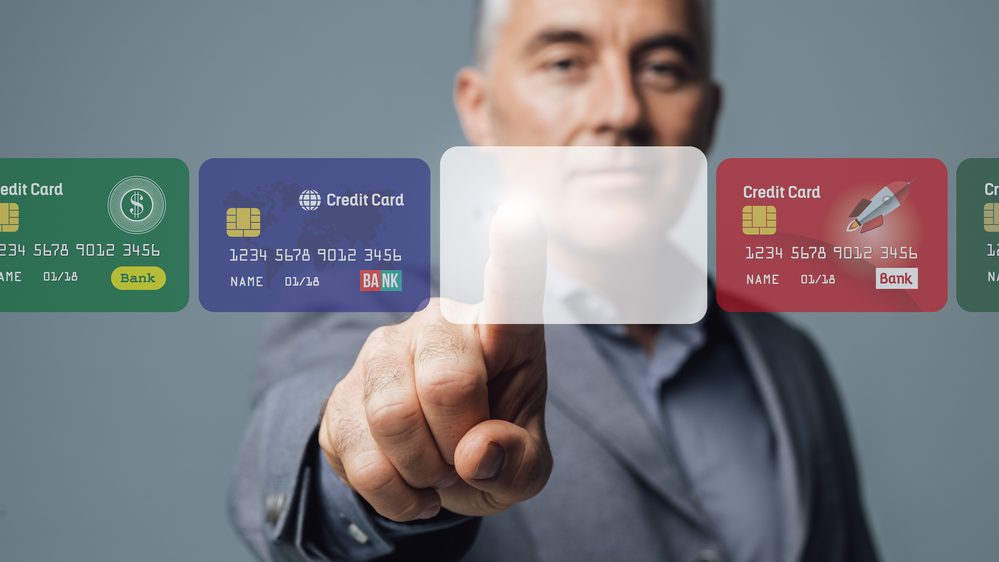
Different types of credit offer unique terms, conditions, and repayment options. It’s essential to understand the nuances of each so you can make an informed decision about which is suitable for you.
Not all credit products are created equal, and each is useful in unique ways.
The 3 Types of Credit You Can Get

There are three major credit types you can take out. They are:
- Installment credit (like a mortgage or student loan)
- Revolving credit (like a credit card or line of credit)
- Open credit (like utility company accounts)
Let’s review each of them in detail.
Installment Credit

Installment credit is a type of loan repaid in fixed, equal payments over a set period. This type of loan typically gives you a larger amount up-front, with the promise you will pay it back with interest over time.
Borrowers typically use this type of loan for larger purchases that they wouldn’t otherwise be able to make on their own.
Common Examples of Installment Credit
There are several different types of installment loans that you can take out. Each type is tailored to the specific purpose the funds will be used for.
Examples include:
- Car loans: Auto loans are one of the most common types of installment credit. You can use a car loan to purchase a new or used car from a dealership or even to finance the purchase of a vehicle from a private seller.
- Mortgage loans: A mortgage is another common type of installment credit. A mortgage is typically used to finance the purchase of a home and is paid back over 15 to 30 years. These loans are the most common type of bank credit and are easy to get assuming you have a reasonable down payment.
- Student loans: Student loans are a type of installment credit that can be used to finance the cost of college tuition, room and board, and other related expenses. Student loans are typically repaid over 10 to 20 years.
Advantages of Installment Credit
Several advantages come with taking out an installment loan. These include:
- You can borrow a larger amount of money up-front: Installment loans typically allow you to borrow more money up-front than other types of credit products. This can be helpful if you need to finance a major purchase or consolidate multiple debts into one loan.
- Your payments are fixed: With an installment loan, your payments are fixed, which means you’ll know exactly how much you need to pay each month. This can make budgeting and planning for your loan repayment more manageable.
- Your interest rate is typically lower: Installment loans also tend to come with lower rates than other types of credit products, such as credit cards. This can save you money over the life of your loan.
Disadvantages of Installment Credit
Some disadvantages come with taking out an installment loan. These include:
- You may need to put up collateral: Some installment loans, such as a mortgage or auto loan, may require you to put up collateral in the form of your home or car. If you default on your loan, the lender could seize your asset to recoup their losses.
- You may have a prepayment penalty: Some lenders may charge a prepayment penalty if you pay off your loan early. This means you could end up paying more interest than you would have if you had just made the minimum monthly payments.
- Your credit score may be impacted: If you miss a payment or default on your loan, your credit score will take a hit. This can make it challenging to qualify for future loans.
Revolving Credit
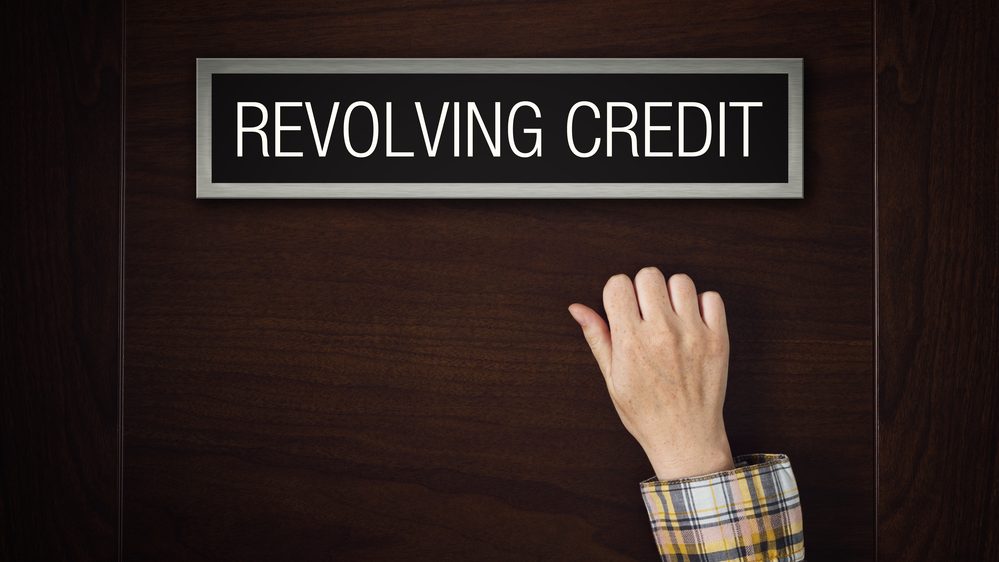
Revolving credit is a type of credit that allows you to borrow and repay funds on an ongoing basis. This type of credit typically comes in the form of a credit card or line of credit and gives you a set limit that you can borrow against.
As you repay your debts, your available credit is replenished, allowing you to borrow again.
Common Examples of Revolving Credit
Credit cards are the most common type of revolving credit. However, there are other types of revolving credit products as well.
Examples include:
- Home equity lines of credit: A home equity line of credit (HELOC) is a loan that uses your home’s equity as collateral. This type of loan typically has a variable interest rate and allows you to borrow against your equity on an as-needed basis.
- Personal lines of credit: A personal line of credit is a type of loan that can be used for various purposes, such as consolidating debt or financing large purchases. This type of loan typically has a variable interest rate and allows you to borrow and repay funds on an ongoing basis.
- Credit Cards: A credit card is a type of revolving credit that allows you to borrow money up to a specific limit. Credit cards typically have variable interest rates, and you must make monthly payments.
Advantages of Revolving Credit Accounts
Several advantages come with taking out a revolving line of credit. These include:
- You can borrow and repay funds on an ongoing basis: With a revolving line of credit, you can borrow and repay funds as needed. This can allow you to cover unexpected expenses or take advantage of opportunities as they arise.
- Your interest rate may be lower: Some revolving lines of credit, such as home equity lines of credit, come with lower interest rates than other credit products. This can save you money over the life of your loan.
Disadvantages of Revolving Credit Accounts
There are also some disadvantages that come with taking out a revolving line of credit. These include:
- You may need to put up collateral: Some revolving lines of credit, such as home equity lines of credit, require you to put up collateral in the form of your home. If you default on your loan, the lender could seize your asset to recoup their losses.
- Interest rates can be very high: The interest rates can be extreme for unsecured, revolving credit. This is particularly true for most credit cards. If you aren’t careful, you could end up with a mountain of credit card debt.
- Your credit limit may be low: Depending on your type of revolving credit, your credit limit may be lower than other types of credit products. This can make it challenging to cover significant expenses or make major purchases.
- Your credit score may be impacted: If you fail to make the minimum payment each month or default on your loan, your credit score will suffer. This can make it difficult to qualify for loans in the future.
Open Credit
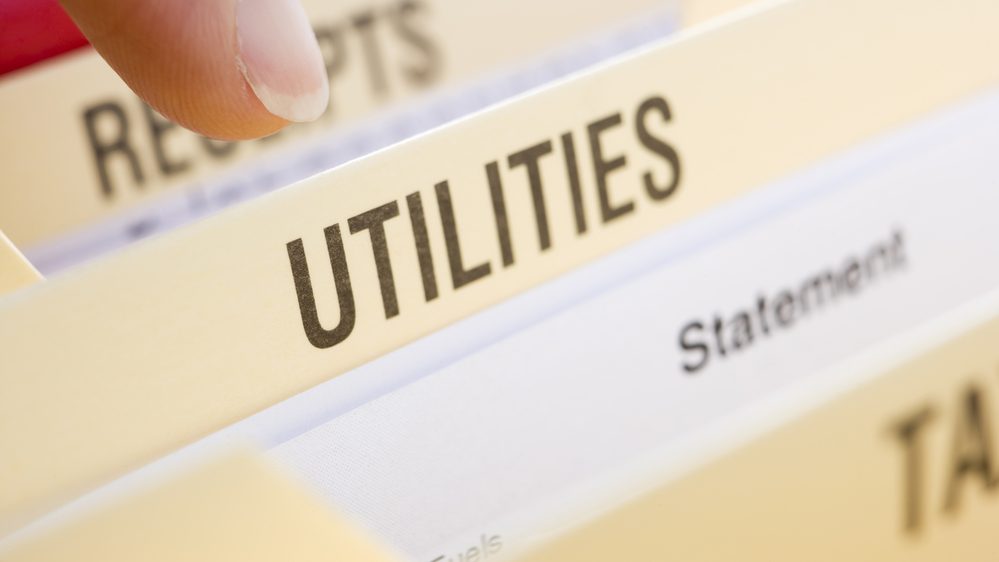
Open credit is a type of credit that requires making payments in a lump sum to avoid interest charges. These are typically from companies that will extend credit with monthly billing but expect you to pay it off in full each month.
Examples of Open Credit
The most common type of open credit comes from utility accounts or cellular/wireless/cable accounts. With these accounts, you are typically given a set amount of time to pay your bill in full (usually around 30 days), and if you don’t pay it in full, you are charged interest on the outstanding balance.
Advantages of Open Credit Accounts
There are several advantages that come with having an open credit account. These include:
- No interest charges: If you pay your bill in full and on time each month, you will not be charged any interest on your outstanding balance. This can help you save money.
- Builds credit history: Open credit accounts can help you build a positive credit history with the credit bureau, which can be helpful if you ever need to take out a loan in the future.
Disadvantages of Open Credit Accounts
Some disadvantages come with having an open credit account. These include:
- You may be charged late fees: If you don’t pay your bill in full and on time each month, you may be charged late fees. These fees can be costly.
- Your credit score may be impacted: If you miss a payment or default on your loan, your credit report will take a hit. This can make it challenging to qualify for loans in the future.
Can I Have More Than One Type of Credit?
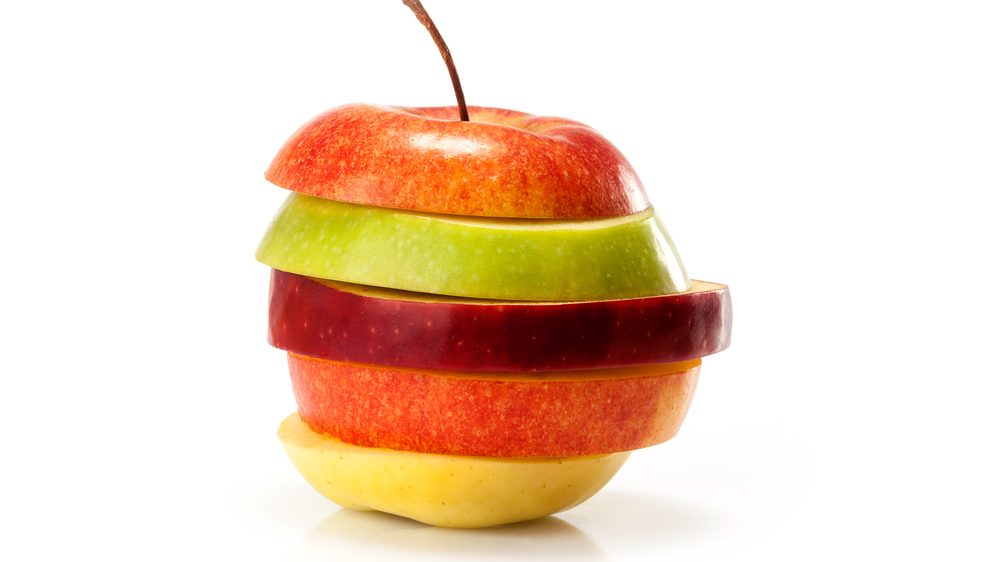
Yes, you can have more than one type of credit. Having a mix of different types of credit (known as “credit mix”) can help build a positive credit history.
However, it’s essential to remember that taking on too much debt can be a financial burden and may impact your ability to meet your financial obligations.
If you’re considering taking out a new type of credit, consider all the pros and cons before making a decision.
How To Choose The Right Type Of Credit For Your Personal Situation

The type of credit you choose should be based on your financial situation and personal needs. If you’re looking for a way to cover unexpected expenses, a revolving line of credit may be the best option. However, an installment loan may be the better choice if you’re looking to make a major purchase.
Ultimately, the decision is up to you and should be based on what will work best for your circumstances.
Final Thoughts
There are various types of credit available, each with its own pros and cons. When choosing the right type of credit for your situation, consider all the factors involved. This will help you make the best decision for your financial needs.
At SkyCap financial, we offer installment loans to borrowers of all types. You can apply quickly and easily on our application page if you need an installment loan.

